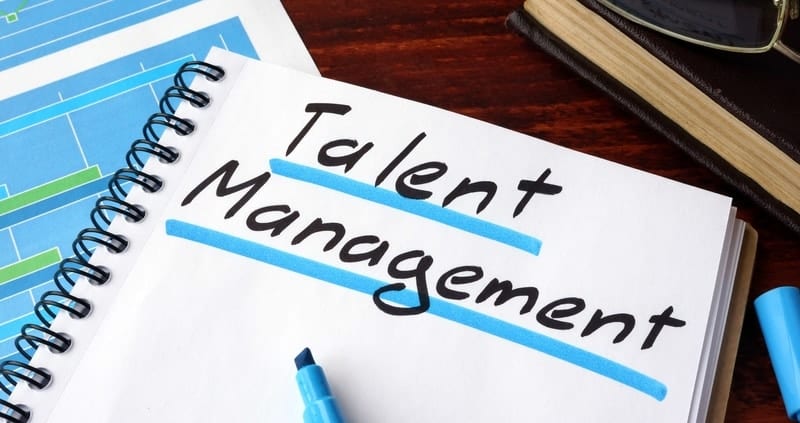It is no secret that the job market is more competitive than it ever has been. Statistics abound that show unemployment is lower than it was, reinforcing the fact that available jobs can be won only after intense competition with other highly skilled candidates. For an HR manager, this points to the need for jobs to evolve as per the latest industry trends. In such a scenario, a good talent management strategy could be just the tool to stay ahead of the competition.
What does talent management have to do with HR?
There is a close relationship between talent management and HR. The days when HR was considered separate from talent management are long gone, and the new belief is that HR is an overarching category comprising several different aspects of human resource management, primarily covering:
- Managerial functions
- Advisory functions
- Operational duties
- Talent management
What actually is talent management?
Given that the concept is relatively new, peoples’ unfamiliarity is no surprise. Talent management could be explained as an HR strategy that looks at how a company acquires and manages talent. The focus is on making certain HR processes better with the aim of improved employee experience and higher business valuation.
Just a glance at the competition in talent acquisition is enough to illustrate the importance of a comprehensive strategy to manage talent. This requires letting go of the outdated belief in the mutual exclusivity of talent management and HR.
Examine the process of acquiring talent
By definition, people are at the heart of every company, implying a need to pull in the most talented of the lot. There are two parts to this process:
- Interviews and recruitment: Outdated technology and processes are often the aspects that drag down the speed of an interview process, making it frustrating for potential hires. There can never be sufficient emphasis on the need to closely evaluate the processes employed to pull in good people. Applicant tracking systems can upgrade the recruitment pipeline, as could the use of the newest strategies.
- Training and onboarding: Talent acquisition does not mark the end of the process, as the new hires need to get the best possible training. Evaluate the onboarding strategy properly as it might have become over the years an uninteresting and outdated process, given advancements in the field.
Manage their performance well
All talent management programs talk about the need to facilitate the growth of employees who look to work hard and hone their leadership skills. If a company grows while its employees do not get a chance to move ahead, there is bound to be a lot of discontents. Hence, there is a need to create and demonstrate the availability of a clear path to growth.
A utopian situation would be a team packed to the brim with top performers. The reality, though, is that the workforce comprises great workers as well as a few who struggle. Talent management and HR must work out how to help the latter, possibly with a performance improvement plan or other suitable strategies. This is as important as encouraging top performers to do even better.
Build and maintain good relations with employees
Proper relationship-building between employees and employers is as important of a step as talent acquisition is. The following components are essential to this aspect:
- Company culture: This essentially refers to the personality of the company. Just as spending time with a disagreeable person is not preferred, so is working for a company that does not give off positive vibes when it comes to its people. The corollary to this is that employees themselves are the best source of knowing more about how the culture is perceived, and what could be done even better. Use regular meetings, one-on-one interactions with managers or software tools to know what employees think.
- Employee engagement: Scarce is the talent management program that underplays the importance of an employee invested in a company. The uninterested staff makes it hard to get work done, and they should be viewed as opportunities to bring about positive changes; ignore them only at your peril! You could even use an employee satisfaction survey to let them freely express their thoughts and learn what makes them tick.
- Employee turnover: Poor employee relations often lead to higher employee turnover, which could be solved by close analysis of trends. For instance, the problem may lie within a particular department or with a certain manager. Exit interviews are a great way to learn why employees are leaving so that the learnings therein could improve matters at your own company.
The employee experience at a company cannot be bettered just with a half-hearted approach, as it takes planning, strategizing and close monitoring. The task appears daunting, but once you come to terms with how to implement talent management, the results will be more than impressive.




Leave a Reply
You must be logged in to post a comment.